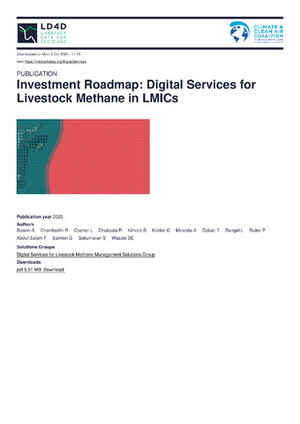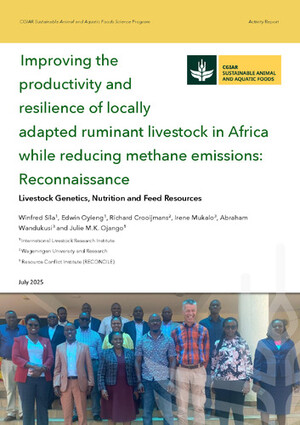
Greenhouse Gas Emissions Associated with Nile Tilapia (Oreochromis niloticus) Pond Fertilization in Western Kenya
Abstract
In the recent past, fish farming has gained great prominence in Kenya as the country straggles to meet food security. Nile tilapia (Oreochromis niloticus L.) farming has attracted the most demand, with the use of manure to enhance primary productivity in fish ponds being encouraged as a form of increasing productivity and returns on investment. The objective of this study was to understand the role of Nile tilapia farming in greenhouse emissions (GHGEs) in the region. Generally, there is paucity of such information originating from sub-Saharan Africa. Here, we report the levels of methane (CH4), carbon dioxide (CO2), and nitrous oxide (N2O) emissions from Nile tilapia fish ponds fertilized with organic and inorganic fertilizers. We also try to establish if there exists any relationship between GHGEs and physicochemical parameters (PCPs). The methane fluxes ranged from 0.001 to 0.043°mg·m−2h−1 in UF ponds, 0.005 to 0.068°mg·m−2h−1 in IF ponds, and 0.001 to 0.375°mg·m−2h−1 in OF ponds. The findings show that the fluxes were significantly different ( P < 0.05 ). Mean fluxes of CO2 did not show significant difference among the treatments ( P > 0.05 ), ranging from −0.180 to 1.40°mg·m−2h−1 in UF ponds, −0.020 to 1.101°mg·m−2h−1 in IF ponds, and −0.049 to 1.746°mg m−2h−1 in OF ponds. N2O mean fluxes were not significantly different ( P > 0.05 ), ranging from −0.628 to 0.326°µgm−2h−1 in UF ponds, −0.049 to 0.187°µgm−2h−1 in IF ponds, and −0.022 to 1.384°µgm−2h−1 in OF ponds. UF had a mean flux of −0.003 ± 0.175°µgm−2h−1, IF had a mean flux of 0.032 ± 0.056°µgm−2h−1 and OF had a mean flux of 0.093 ± 0.324°µgm−2h−1. There was significant difference in the carbon to nitrogen (CN) ratio among the fertilization treatments ( P < 0.05 ), whereas temperature, pH, dissolved oxygen, and conductivity showed no significant difference among the fertilization treatments ( P > 0.05 ). The study observed that fertilization of Nile tilapia ponds significantly increases the release of CH4 emission and the CN ratio. Temperature, conductivity, and CN positively correlated with CH4, CO2, and N2O emissions. Dissolved oxygen showed a negative correlation with CH4 and CO2 emissions while negatively correlated with N2O emissions. The study identified the use of OF as a potential form of fish farming that promotes the emission of GHGEs and calls for adoption of sustainable technologies for the management of organic and inorganic fertilizers before their use in pond fertilization.
Citation
Odinga, S.A., Sifuna, A., Lungayia, H. and Wanyama, G. 2023. Greenhouse Gas Emissions Associated with Nile Tilapia (Oreochromis niloticus) Pond Fertilization in Western Kenya. Scientific World Journal 2023: 1-10









